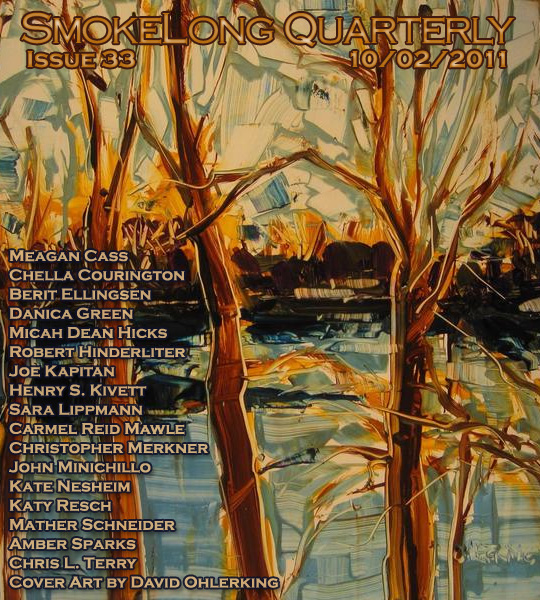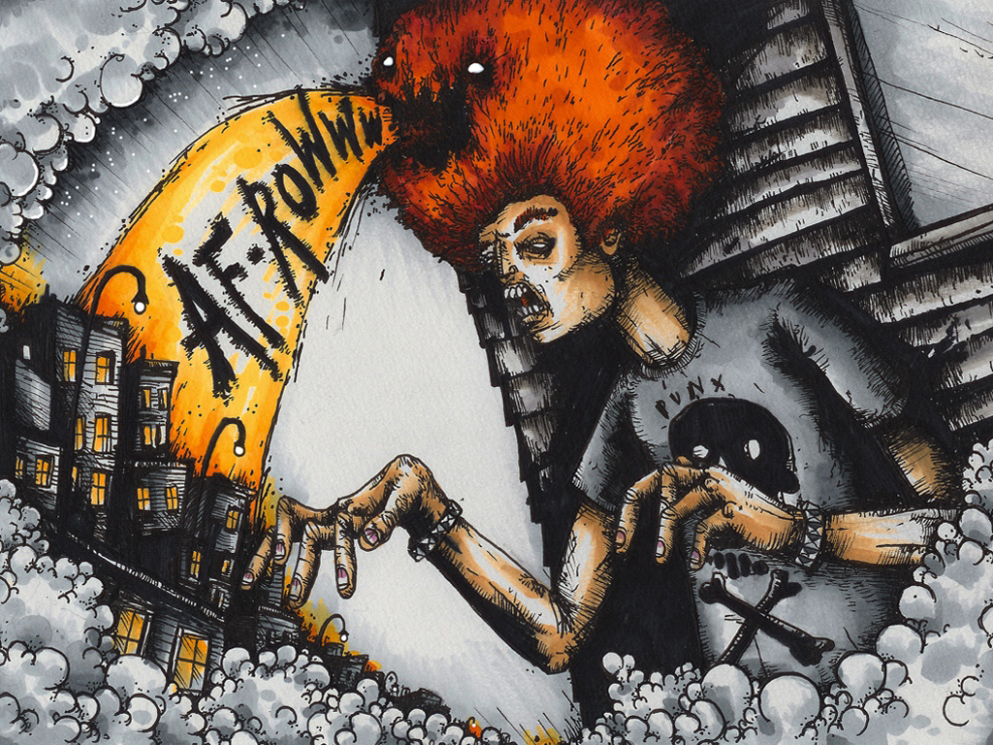Partly Colored: Asian Americans and Racial Anomaly in the Segregated South (review)Posted in Articles, Asian Diaspora, Book/Video Reviews, Media Archive, United States on 2012-06-25 21:39Z by Steven |
Partly Colored: Asian Americans and Racial Anomaly in the Segregated South (review)
Journal of Asian American Studies
Volume 15, Number 2, June 2012
pages 225-227
DOI: 10.1353/jaas.2012.0017
Jennifer Ho, Associate Professor of English and Comparative Literature
University of North Carolina, Chapel Hill
In her acknowledgements, Leslie Bow admits that she began her research project in order to “explore an omission” (ix)—namely, the underreported stories and history of Asian Americans living in the Jim Crow South. Yet Partly Colored: Asian Americans and Racial Anomaly in the Segregated South is not merely an attempt to insert Asian Americans into a southern landscape nor is it a catalog of all the areas and arenas in which Asian Americans resided in a segregated south. Instead, Bow’s work articulates a more subtle but no less powerful argument: in thinking of the legacy of southern segregation, racial anomalies—those groups that are neither black nor white—represent a “productive site for understanding the investments that underlie a given system of relations; what is unaccommodated becomes a site of contested interpretation” (4). Partly Colored offers Bow’s interpretation of a selection of these contested sites, predominantly how Asian American subjects become objects of scrutiny and, in Bow’s words, “intermediacy,” but Bow also dedicates a chapter to the Lumbee Indians of North Carolina and their in-between status as neither black nor white. Whether Asian American or American Indian, these racial anomalies of the segregated south are produced through an awareness of their racial difference to both white and black communities. And it is their unique positioning—of being in a state of simultaneous acceptance and abjection—that Bow turns her attention to most forcefully, citing a methodological debt to Toni Morrison’s Playing in the Dark, since Bow is interested in how an Africanist presence “shadows the admittedly quirky archive of the minor” (Morrison qtd. in Bow 18)—the minor, in this case, being the narratives formed by and about Asian Americans and other racial anomalies in the segregated south.
Framed by an introduction and an afterword, the six substantive chapters of Partly Colored are divided into two parts: Chapters 1 through 3 focus on the ways in which Asian Americans, mestizos, and American Indians distance themselves from African Americans in order to promote their racial identities as more favored and hence less inferior than their black American neighbors. Chapters 4 through 6 look at specific Asian American narratives, created primarily after the contemporary civil rights movement in a post-segregation era, in order to investigate the means by which these Asian American subjects narrate and negotiate their in-between-ness or, in the words of Bow, their “interstitiality.” Indeed, like the term “intermediacy,” “interstitial” is another phrase that Bow uses to theorize her ideas about racial anomalies in segregated southern spaces. Both terms convey the sense of the ambiguous, and in some cases ambivalent, racialized subject—of one who is in-between supposedly fixed racial categories. The former term, “intermediacy,” connotes one who is a stepping-stone on the way to or from a more desired subject position. The latter term, “interstitial,” demonstrates a liminality and porousness that denotes instability and fluctuation. In this sense, both “intermediacy” and “interstitiality” are perfect words to encapsulate the indeterminacy of existing as Asian American amidst a set of racial codes predicated on white supremacy and black oppression; as Bow affirms: “Asian America is a site of multiple ambiguities against which, I would argue, the complexity of black/white relations—often conflated with ‘race relations’—stands out in heightened relief” (225).
In the first three chapters of her work, Bow deftly demonstrates how various communities living in the segregated south—the conjoined twins, Chang and Eng (subjects of Chapter 1), Lumbee Indians (subjects of Chapter 2), and Chinese Americans of the Mississippi Delta (subjects of Chapter 3)—negotiate as intermediate and interstitial bodies within the racially demarcated terrain of the segregated south. Here Bow’s training as a literary critic is in evidence through the skill with which she analyzes the various narratives that these subjects tell about their in-between condition and the ways in which their narratives, in turn, produce a counter-narrative, one that Bow rightly understands as a form of disavowal from African American abjection while…

